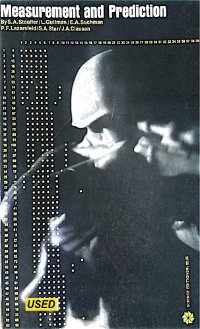By Philip J. Cook and Adam Soliman
The City of Durham contracted with SoundThinking for a 12-month pilot program with ShotSpotter, a gunfire detection system. The system was installed in a three square-mile area of Durham that was selected based on having a relatively high rate of gun violence. The pilot operated from December 15, 2022 through December 14, 2023. This evaluation offers information on both the costs and the relevant impacts of the ShotSpotter pilot installation, but it does not offer a suggestion on whether the City should use ShotSpotter in the future. It is intended to inform the decision-makers, but not to advise them. Notifications and Deployments The ShotSpotter (SS) installation operated as a supplement to the 911 system, whereby residents are encouraged to contact the Durham Police Department (DPD) if they hear or witness a shooting. During the pilot period, DPD received 1,447 notifications of gunfire in the target area in which ShotSpotter was installed: 57% of these were SS alerts with no 911 call, 28% were 911 calls with no SS alert, and 15% had both 911 and SS notifications. Thus SS more than doubled the number of gunshot notifications compared with what DPD would have received (from 911) in its absence. DPD implemented a response protocol for the entire city on December 15, 2022 that any gunshot notification would be treated as a Priority 2 incident, requiring the immediate deployment of two patrol cars to the scene without sirens and flashers. In the target area, the effect of the “extra” SS alerts was to add an average of 2.3 Priority 2 deployments daily to the target area, approximately a 2% increase citywide. The SS installation was designed to detect gunfire that occurred outdoors, with a few exceptions (such as if the firearm was equipped with a silencer). For the 52 known gunshot incidents during the pilot period in which victims were wounded or killed, SS alerts were published for 26 and 911 calls received for 50 of these 52. Eight of the incidents (accounting for 14 gunshot victims) that were missed by SS were due to system failure or human error. In addition to these false negatives, there were likely some false positives, but we have no way to estimate how frequent. SS alerts include information on the time and precise location of the incident, and the number of shots fired. They were transmitted directly to DPD’s CAD system in each patrol car, almost always within 60 seconds. For incidents in which there is both a SS alert and a 911 call, the SS alert typically was first, and often provided a more precise location. Our analysis finds that in 2023, the median response time (from alert to arrival at the scene) was 5.5 minutes, which reflected a decline by 1.2 minutes in the target area compared with the rest of the city. There was a still greater improvement in the 90th percentile of response times, which declined by 3.6 minutes. In sum, SS had the effect of more than doubling the number of gunshot notifications received by DPD for the target area, and notably improving response times by patrol officers.
Durham, NC: Wilson Center for Science and Justice, at Duke Law School, 2024. 39p.





















